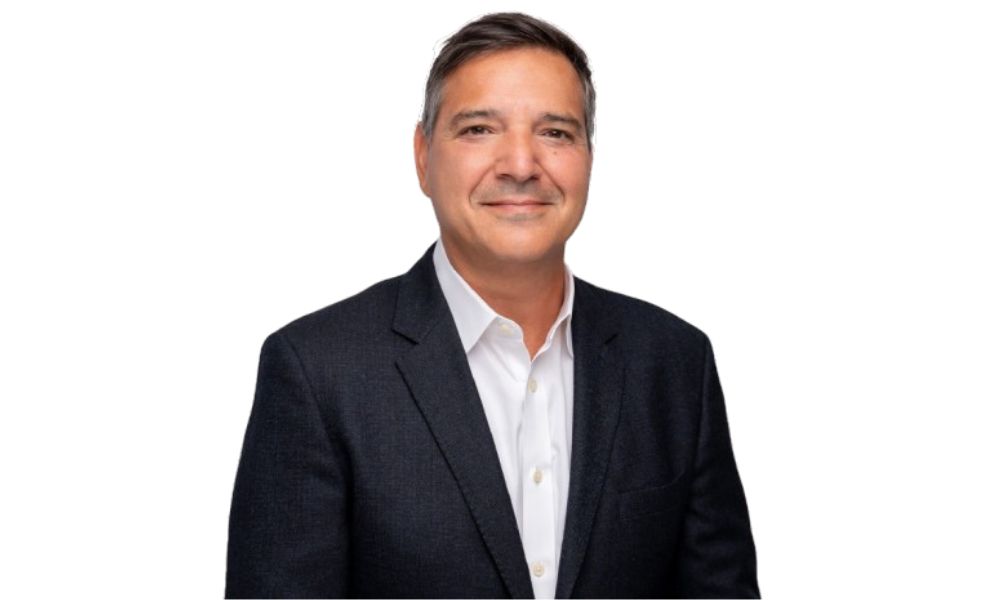Are policyholder-owned models the future of insurance?

Are policyholder-owned models the future of insurance? | Insurance Business Canada
Insurance News
Are policyholder-owned models the future of insurance?
Consumers are demanding more from insurers
Insurance News
By
Nicole Panteloucos
As the insurance industry evolves, traditional focuses on profitability are being reevaluated in response to shifting consumer expectations. The rise of the ‘insurance-as-a-service’ model is driving this change, creating potential market opportunities for policyholder-owned structures.
In contrast to traditional insurance companies, which prioritize generating profits for external shareholders—whether they are publicly traded or privately held—policyholder-owned firms view their clients as co-owners of the company, and work to serve their interests.
Policyholder-owned vs. traditional insurance
“What’s different in the reciprocal market is that policy-holder owned firms are actually managed by a third- party called an attorney,” explained Chris Sevdalis (pictured above), president, Canada branch at PURE Insurance.
“Every decision that we make is through the lens of the membership, and we think the benefit of the membership model is it promotes this really unique level of transparency, but also an alignment of interest.”
In policyholder-owned structures, underwriting profits are often returned to members through designated accounts, reducing the overall cost of coverage and premiums. This stands in contrast to stock companies, where profits are generally distributed to shareholders.
“Stock companies exist to maximize returns for their investors—that’s their fundamental goal. There’s nothing inherently wrong with that; it’s just how that model operates. “We have no incentive to drive profits from policy premiums,” said Sevdalis.
“Our aim is to grow by excelling in what we do—offering great coverage, exceptional service, and fair pricing. When you do that, people stay.”
A growing trend?
Sevdalis makes a valid point, especially as recent consumer data reveals significant dissatisfaction among insurance consumers.
According to the Ipsos CSI insurance tracker, fewer than 25% of Canadian insurance customers feel satisfied with the level of proactive and personalized communication they receive from their insurers.
The policyholder-owned model could bridge this gap by offering customization of coverage and a greater focus on client needs.
With members invested in the firm, policyholder-owned companies achieve strong alignment of client interests from the outset, allowing for coverage tailored to the specific needs of the groups they serve. As a result, these firms often prioritize clear feedback channels that encourage customer engagement.
“We have a member feedback group where volunteers can provide feedback at anytime on anything we’re doing. Additionally, we have a Subscribers Committee, composed of members who meet with us periodically. They represent the broader membership and often engage with the board,” shared Sevdalis.
Though policyholder-owned models are more common in markets like the United States, with large players like USAA leading the charge, Sevdalis sees potential in the Canadian market.
“There is demand for more transparency and trust in the insurance space,” he said. “Consumers want to know that their interests are being prioritized, and the reciprocal model does exactly that.”
Related Stories
Keep up with the latest news and events
Join our mailing list, it’s free!






